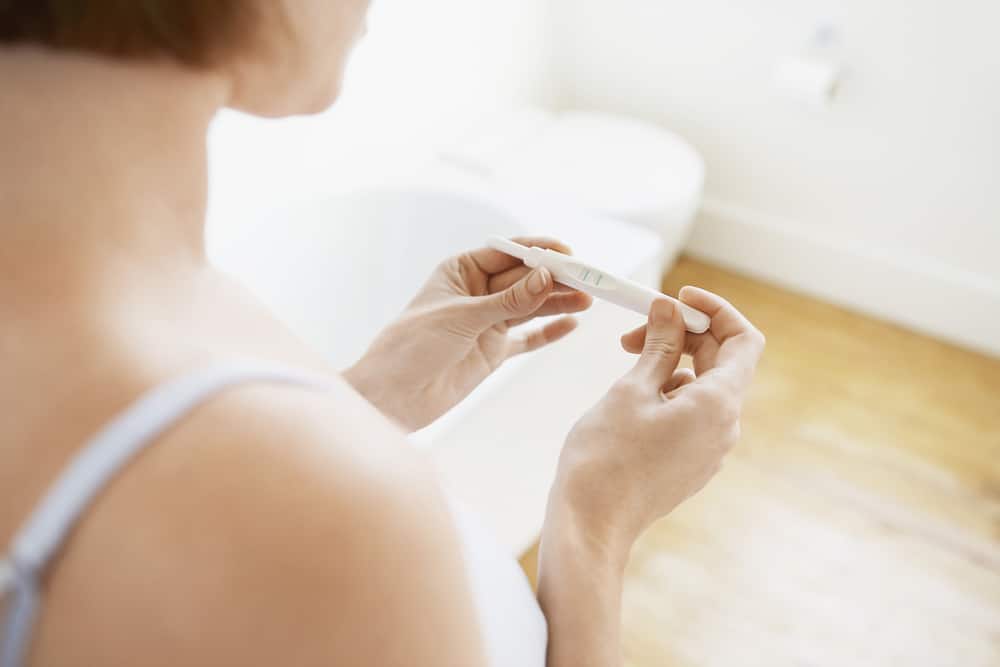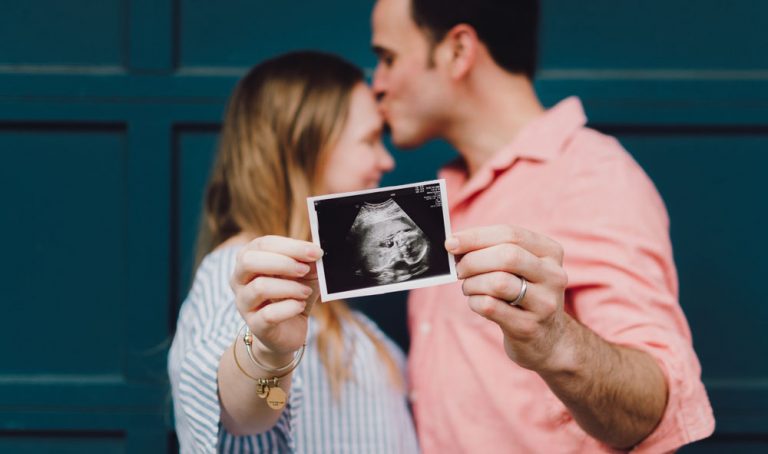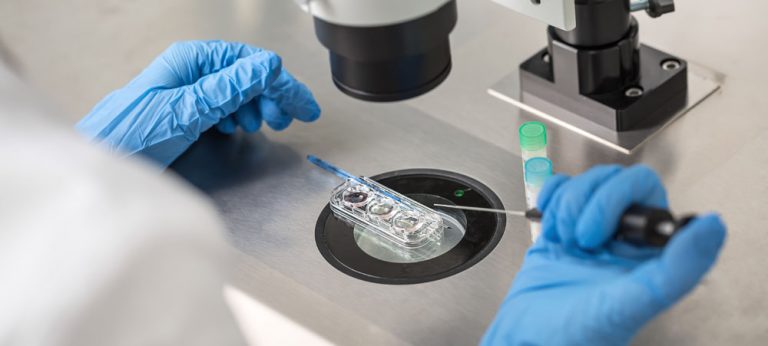Secondary infertility is the inability to become pregnant or to carry a baby to term after previously giving birth to a child. When it comes to infertility in general, an estimated 13 percent of women in the US have trouble getting pregnant or staying pregnant. Secondary infertility, which happens after one or more successful pregnancies, typically comes as a shock to people.

We know that secondary infertility can cause a variety of difficult emotions, including despair, disappointment, uncertainty, frustration, and even guilt. This is a safe place to learn about how secondary infertility works and whether you’ve been formally diagnosed or are having early difficulties getting pregnant again.
In This Article
What is secondary infertility?
Primary and secondary infertility are the two forms of infertility. Primary infertility occurs when a woman is unable to conceive after a year of trying — or six months if she is 35 or older.
Secondary infertility, on the other hand, occurs when a woman is unable to conceive after successfully conceiving at least once before.
Secondary infertility, like primary infertility, can occur due to an issue at any point in the natural, and fairly difficult process of becoming pregnant. Even after having a child, your fertility can alter.
One or more of the following stages may cause a problem:
- ovulation (egg is released)
- fertilization of the egg with sperm
- travel of the fertilized egg to the uterus
- implantation of the fertilized egg in the uterus
There’s now a huge list of disorders and conditions that might cause problems, as well as the annoying “unexplained infertility” catchall. But, before we go into them, it’s vital to note that infertility can affect both men and women.
This article focuses on women, yet 35 percent of couples facing infertility have both a female and male condition. And in 8% of situations, it’s just a male issue.
What causes secondary infertility?
The causes of primary and secondary infertility are frequently the same. The most important thing to remember is that infertility is almost always not your fault. We understand that this doesn’t make it any easier to deal with, but it can give you greater confidence in your ability to identify evidence-based options that may help you conceive effectively.
The following are some of the most common reasons for infertility in general, as well as secondary infertility in women.
Ovulation disorders
Ovulation problems are the most common cause of female infertility. In reality, 40 percent of women with infertility don’t ovulate regularly. Ovulatory problems can be caused by a variety of disorders and circumstances, including:
- polycystic ovary syndrome (PCOS)
- primary ovarian insufficiency (POI)
- decreased egg production related to aging
- thyroid or other endocrine disorders that affect hormone production
Problems with the uterus or fallopian tubes
Structural issues can make it difficult to conceive. If the fallopian tubes are blocked, for example, sperm and egg may not be able to meet. A structural or tissue abnormality in the uterus may also prevent fertilization.
The fallopian tubes and uterus are affected by the following conditions.
- endometriosis
- uterine fibroids or polyps
- uterine scarring
- abnormality in the shape of the uterus, such as the unicornuate uterus
C-section scarring
Scaring from a C-section or fibroids may also cause infertility.
Polycystic Ovary Syndrome (PCOS)
A hormonal condition that causes infrequent or lengthy periods in women. PCOS individuals may also have high levels of androgen (male hormones). A small accumulation of fluid around the ovaries is common in PCOS patients, preventing eggs from releasing.
When to visit a doctor for secondary fertility?
When you should consult a fertility doctor for secondary infertility, the rules are the same as they are for any woman attempting to conceive.
If you are under 35 years old and have been trying to conceive for more than a year, you should see a reproductive endocrinologist.
If you are 35 years old or older, it is recommended that you seek assistance after only 6 months of trying.
Tips for coping with secondary infertility
It’s difficult to deal with secondary fertility. There are never-ending doctor’s appointments, tests, treatments, and prescriptions. Below are a few tips:
- Don’t point the finger at yourself or your partner. In most circumstances, secondary is unrelated to you or your partner’s actions. Maintain a laser-like focus with your doctor on your current situation and evidence-based solutions for overcoming it.
- Maintain an optimistic attitude. Look for success stories; there are a lot of them out there. Look for other women who have had similar infertility experiences in your network or support groups. Make contact with them and tell them about your experiences. Discover what they did, which doctors they consulted, and what factors contributed to their successful pregnancy.
- Connect with your partner. Even the healthiest relationship can be harmed by the stress of infertility. Take the time to get to know your partner. Discuss your sentiments, express your fears, and come up with a plan to go forward feeling in harmony. If you traverse this difficult path side by side, you’ll both be stronger.
- Concentrate on what you have control over. There are a lot of things you may do to boost your fertility. Self-care is one of them. Take an active role in stress management, living the healthiest lifestyle possible, and looking for new and innovative ways to help you conceive. Bring new thoughts and ideas to your doctor for evaluation.











